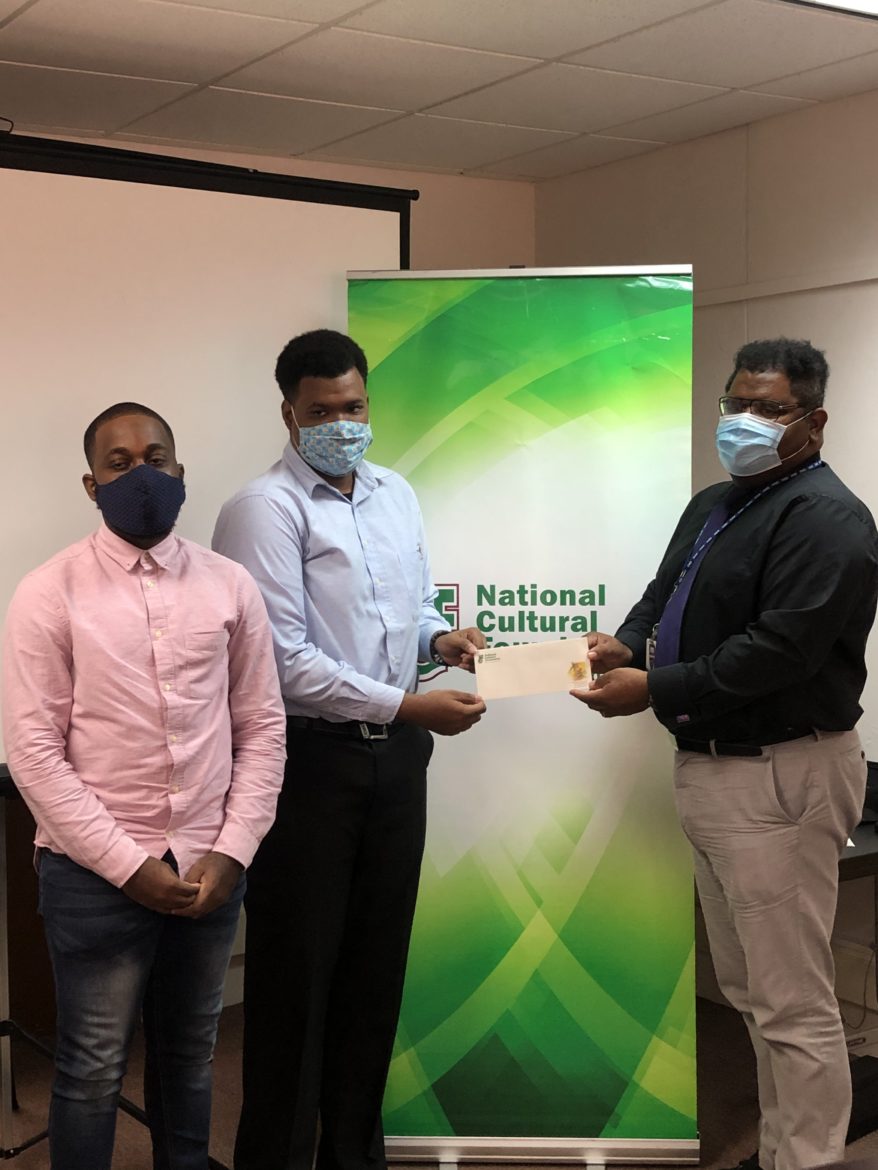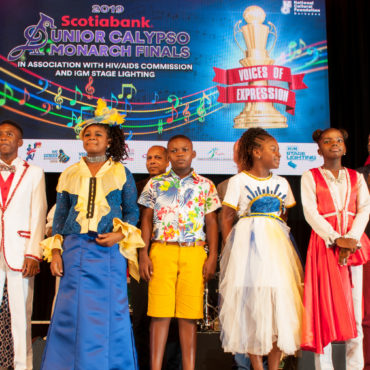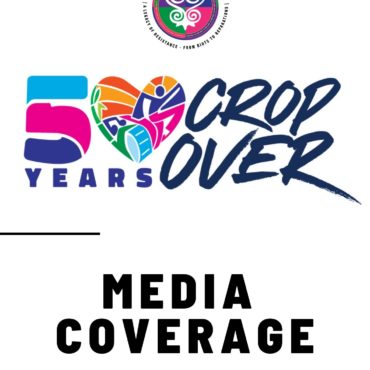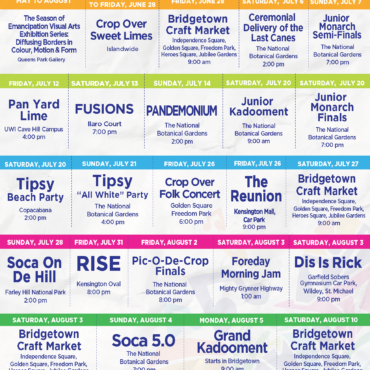
The National Cultural Foundation
West Terrace,
St. James, Barbados
246-417-6610

Art enthusiasts still have a little time to check out the “Social Geometry: Expanded Drawing Practices Exhibition” at the Queen’s Park Gallery (QPG).

Guest Curator, artist and writer Katherine Kennedy explained that the show was created in an attempt to challenge the limitations of drawing. It highlighted the practices used by Barbadian artists to reflect their social space, shining a light on the breadth of talent across the island in such a way that the pieces coexist rather than conflict with one another.
You can draw parallels between the pieces, linking the historical and present-day experiences reflected in the paintings throughout the different generations and ideologies of the artists, Kennedy described.
Works by Kraig Yearwood and Simone Asia connected organic interactions and organic studies of nature and life as with pieces by Alison Chapman Andrews and Theresa Bailey, which cannot be altogether separated. Plant life flows back from the ground up in pieces by Annalee Davis, which reminds us of our own roots and complex histories, present in the earth walk to the island’s architecture, captured by Sir Henry Fraser’s work. These are just some of the artists displaying their work in the five sections of the Social Geometry exhibition based on these variables – Morphological – The physical interactions; Vertical – The inequalities; Corporate –The organisation/integration; Cultural – The freedom of expression; and Normative – The extent of control.

All of the variables of social geometry inevitably intersect with each another, asking us to look a little deeper, to challenge and question ourselves. The artists had the choice of embracing or rejecting these variables while using their own unique styles to portray different aspects of Barbadian society.
Kennedy said that she soon realized it was very difficult to distinguish the artwork, “it was the connections and crossovers between them that make them the most interesting.”
According to the guest curator the exhibition received a positive response though some did not quite understand its theme. However, she saw that uncertainty as part of what makes it an interesting theme to explore and one of the reasons for its popularity. Although it could be interpreted as a complicated theme, it was a message to which everyone could relate.
The exhibition closes tomorrow June 15 at 6:00 p.m.
Written by: ncf_boss

labelEvents & Notices todayJune 12, 2019
SCOTIABANK JUNIOR CALYPSO MONARCH SEMI-FINALISTS 2019 TABULATED BY PRICEWATERHOUSECOOPERS SRL Category: 6 – 10 School Given Name Sobriquet Song Zone Charles F. Broome Primary School Jayden Inniss Jayden Inniss My [...]

labelCrop Over todayApril 18, 2024

labelCrop Over todayApril 12, 2024

The National Cultural Foundation
West Terrace,
St. James, Barbados
246-417-6610
Copyright 2020 National Cultural Foundation